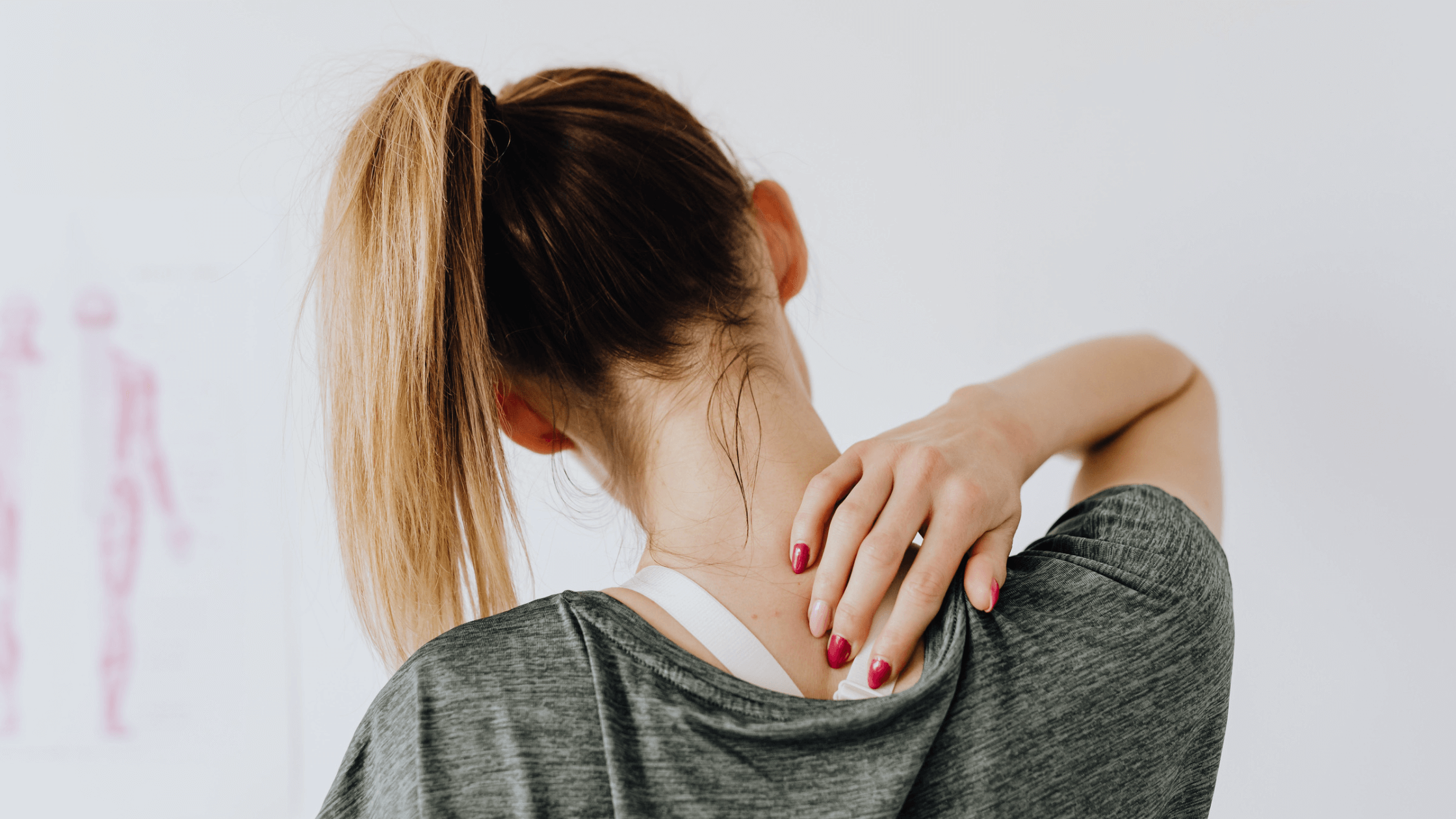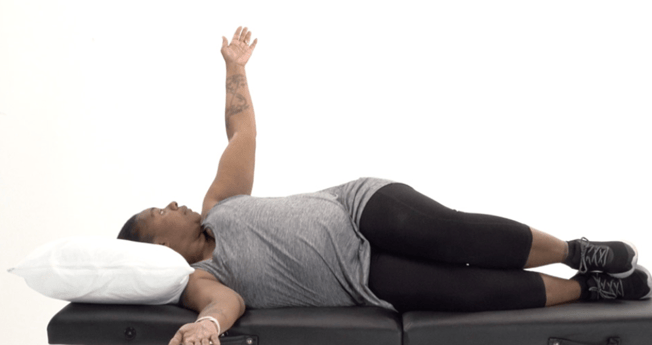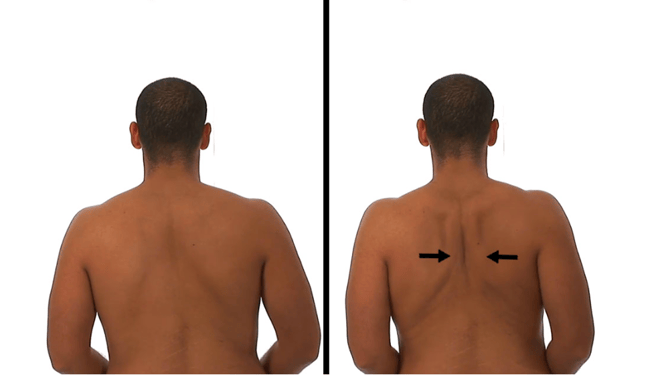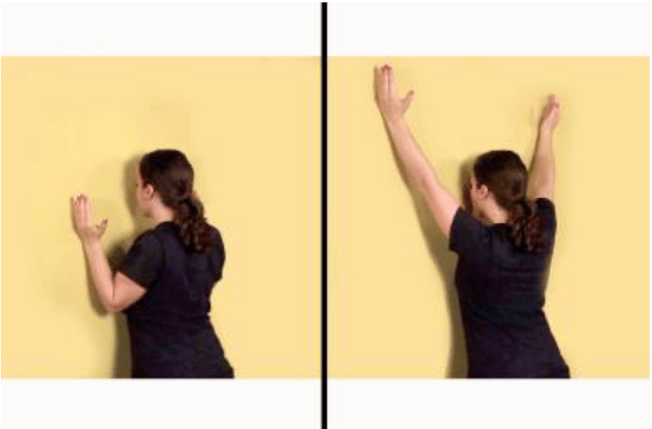Why Is My Upper Back Stiff and Tight? Potential Causes and How Physical Therapy Can Help

Licensed Physical Therapist, PT, DPT // Dry Needling Certified // EW Motion Therapy Trussville
Most people know upper back pain and stiffness all too well. At the end of the day, many office workers, parents, and others come home and begin to feel the effects of the stress from their day, especially in their upper back. Generally, the upper back is the area of the thoracic spine between the shoulder blades and might include the joints, muscles, and connective tissue of both scapula (shoulder blades) and your first 7 ribs. While some stretches, strengthening exercises, and a good night’s sleep can reduce most upper back pain, it can become a chronic issue if not treated daily. So what can you do when your upper back tightness/pain becomes chronic and begins to impact your daily activities? And which professionals should you see to get the help you need?
While most upper back pain is temporary and fades with proper rest and posture adjustments, if the pain is beginning to impact your daily functioning, it might be time to seek professional help. Physical therapy can be a great way to manage your pain and continue doing the activities you love. The ultimate goal for all our clients at EW Motion Therapy is self-management of symptoms, especially pain, and we do our best to help them achieve that independence. Even if you decide not to pursue physical therapy with us, we still want to educate you on upper back pain and the benefits physical therapy could bring.
This article discusses what can cause pain and stiffness in the upper back, how that can affect function, and the primary ways physical therapy can help. With this information, you can pursue the best treatment plan for your symptoms.
Upper back pain can affect your functional movement over time. Read more about functional movement here.
What can cause stiffness and pain in the upper back?
There are a few different things that could cause pain in your upper back. Improper posture is a common cause for many, especially those who work in offices or are seated for most of their day. Most people do not make a habit of sitting up straight or shifting positions every once in a while, but over time this can put excess strain on your neck, shoulders, and upper back, especially between the shoulder blades.
You can also incur upper back pain from soft tissue injuries, overuse, or poor lifting mechanics, especially if you are an athlete or a regular heavy lifter. You could experience occasional twinges of pain, especially if you have had a previous injury in that area. In addition to sudden movements, repetitive movements can also cause pain over time, like picking up kids or reaching overhead to put away dishes.
How can pain and stiffness affect functional movement?
Trying to do your daily activities with any pain or tightness can be annoying, especially when you lose mobility in painful or tight areas. Over time, you may find specific tasks harder. The tense muscles in your neck, shoulders, and back can eventually interfere with daily activities, whether at work or home. For example, if you are an office worker and sit most of the day, you may find it harder to turn your head and even reach up to get something from a high cabinet.
How can physical therapy help?
When you come to physical therapy for tightness and pain in your upper back, the goal will be to target deficits in mobility and posture found in the evaluation and develop a plan of care that will help get you moving and feeling better. Your therapist will likely begin with hands-on techniques to reduce immediate pain and mobilize joints and muscles in your back and shoulders. Then, they will create an exercise plan to improve muscle strength and tone over time so you can manage your symptoms independently.
Our physical therapists have helped many patients with their posture through hands-on techniques and their assigned home exercise program. Here are a few examples of exercises our therapists have given to help improve mobility and correct posture. If you want to try any of these at home, check with your doctor to ensure it is safe for you to do so.
Book Opener with Cervical Spotting: Begin by lying on your side with your knees bent and your hands together directly in front of you. Slowly lift your top arm towards the ceiling, rotating through your chest in order to reach as far behind you as possible. Make sure you follow your arm movement with your head.

Scapular Retractions, Arms at Side: Begin by sitting with your back straight and your arms at your side. Slowly pinch your shoulder blades together. Return to starting position.

Serratus Anterior Wall Slides: Begin standing facing a wall. At chest height, place each forearm on the wall so that the palms face each other and your little fingers are in contact with the wall. Move both arms upward along the wall in a “V” pattern. Return to starting position.

What else can you do during the day?
Now you know more about upper back pain and how physical therapy could help. For office workers especially, it is essential to keep moving throughout the day, even as you remain at your desk. Get up every hour and take a short walk around your office or try standing at your desk for short periods. These movements can help you remain mobile during the day and prevent excess strain on your upper back muscles.
While bad posture is exceedingly common, it does not have to give you pain and limit your movement. Implementing small changes to stay moving can make a big difference in your stress level and the quality of your day. We enjoy helping our clients do this at EW Motion Therapy and ultimately want them to pursue any activities they enjoy without worrying about pain or limited mobility. If you are curious about what physical therapy can do for you, download our answers to 20 frequently-asked physical therapy questions to learn more.

